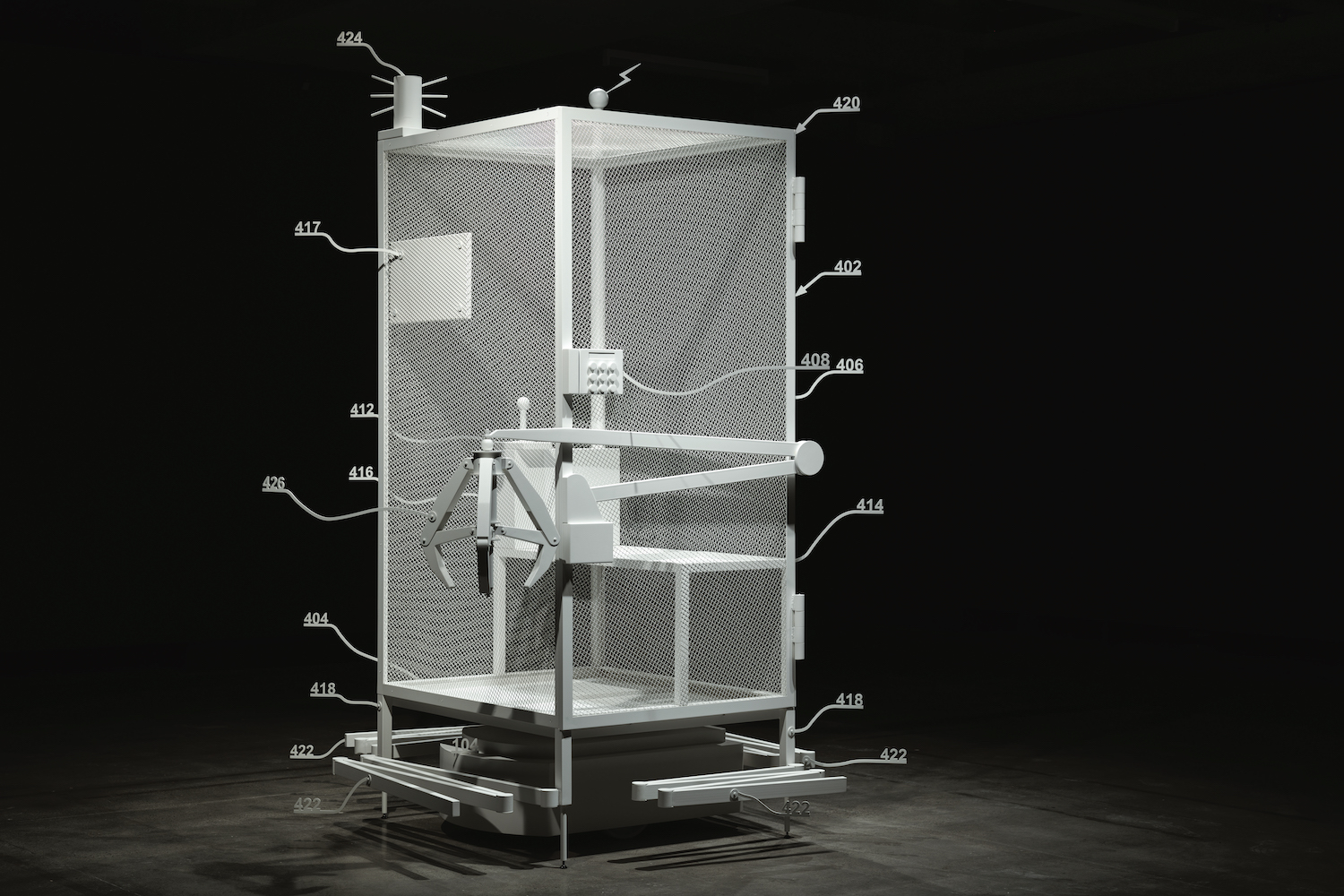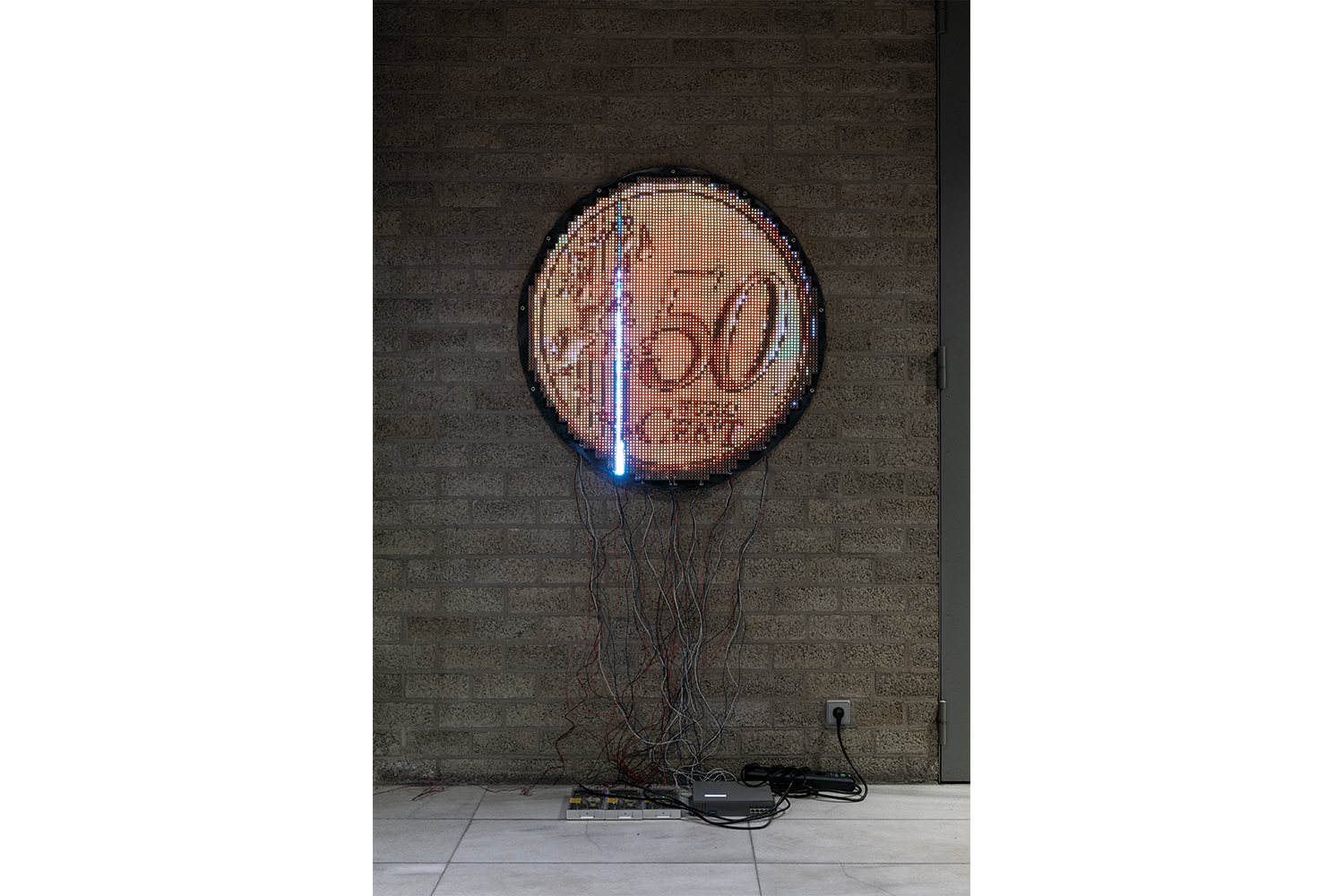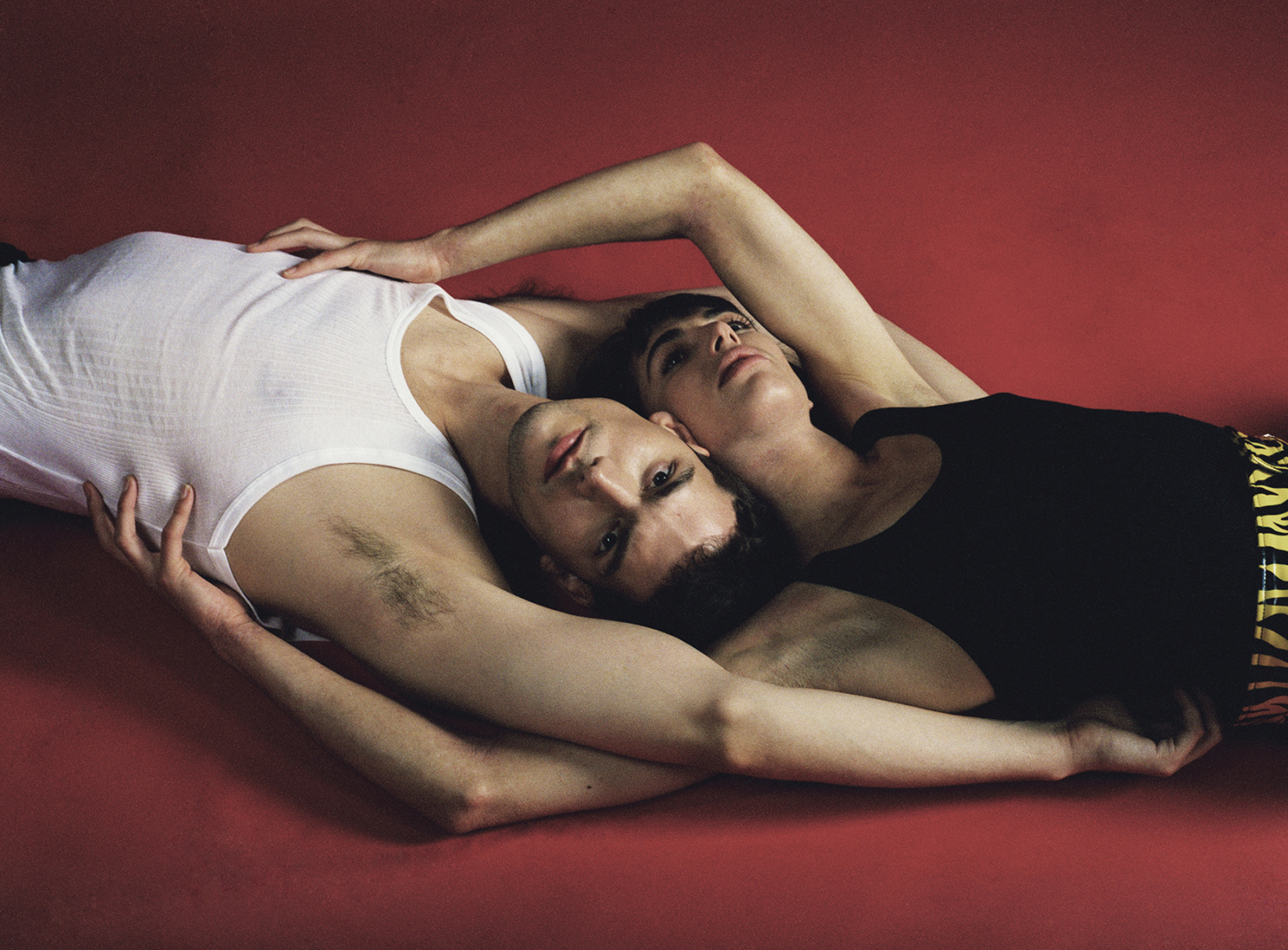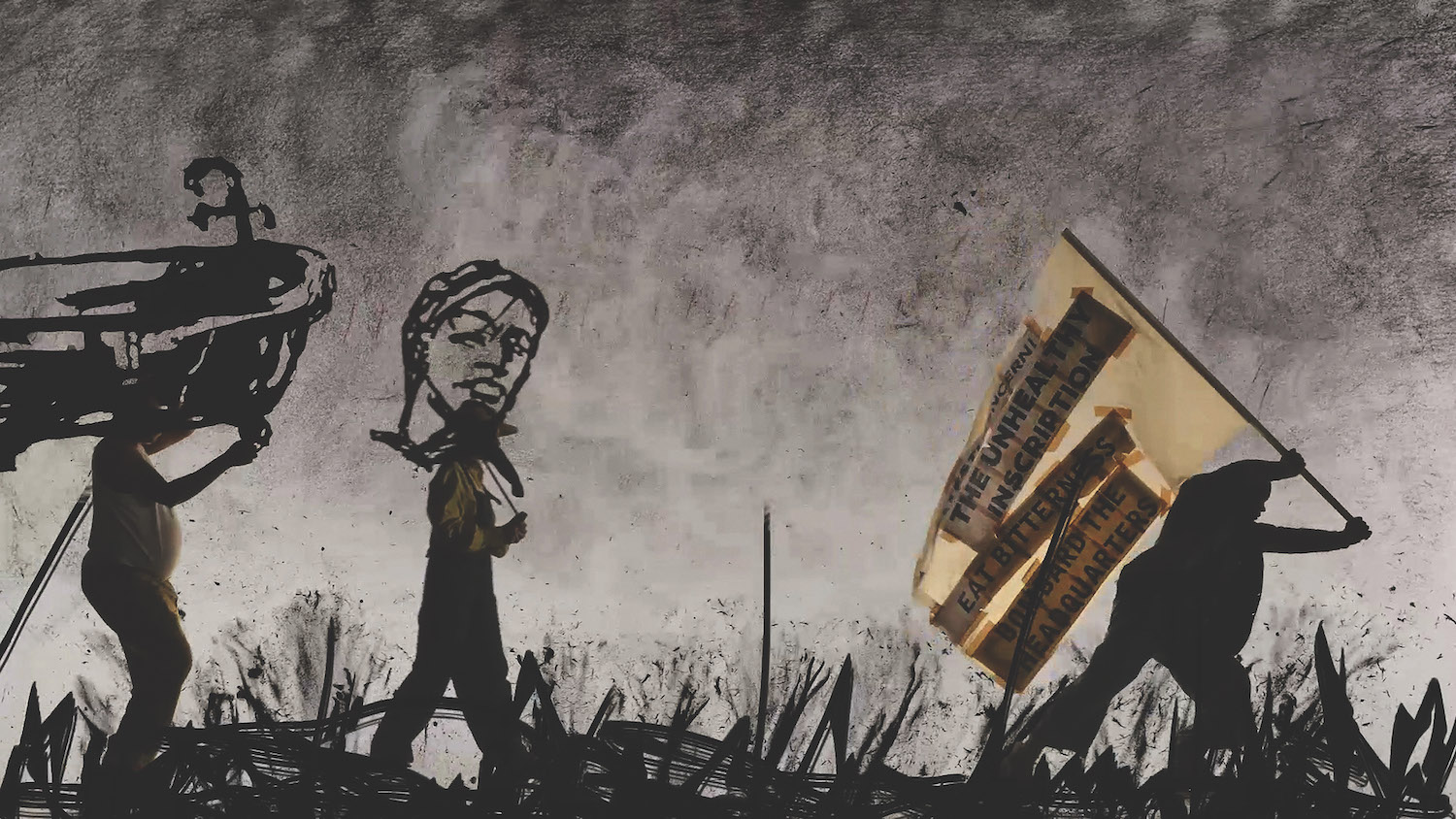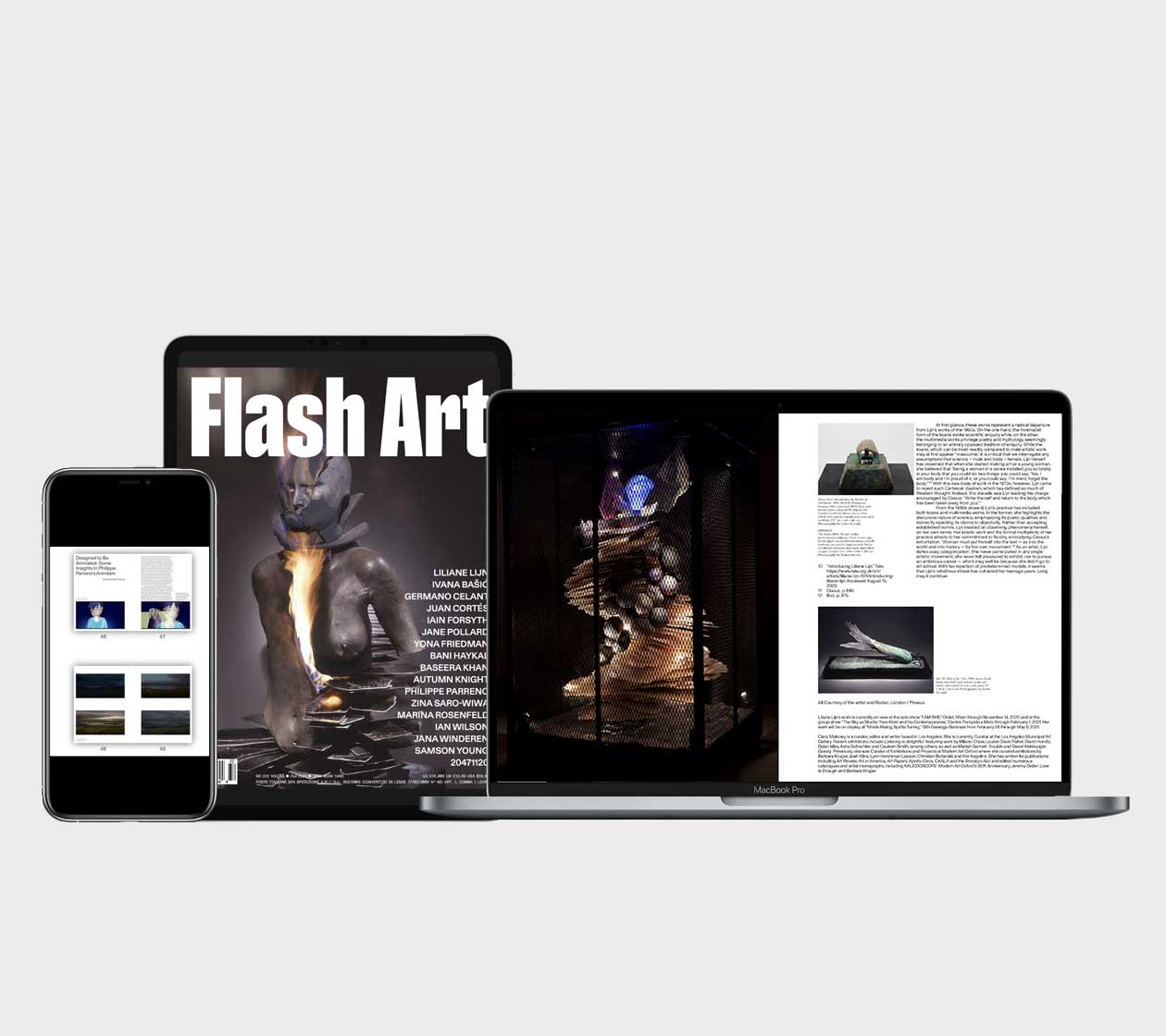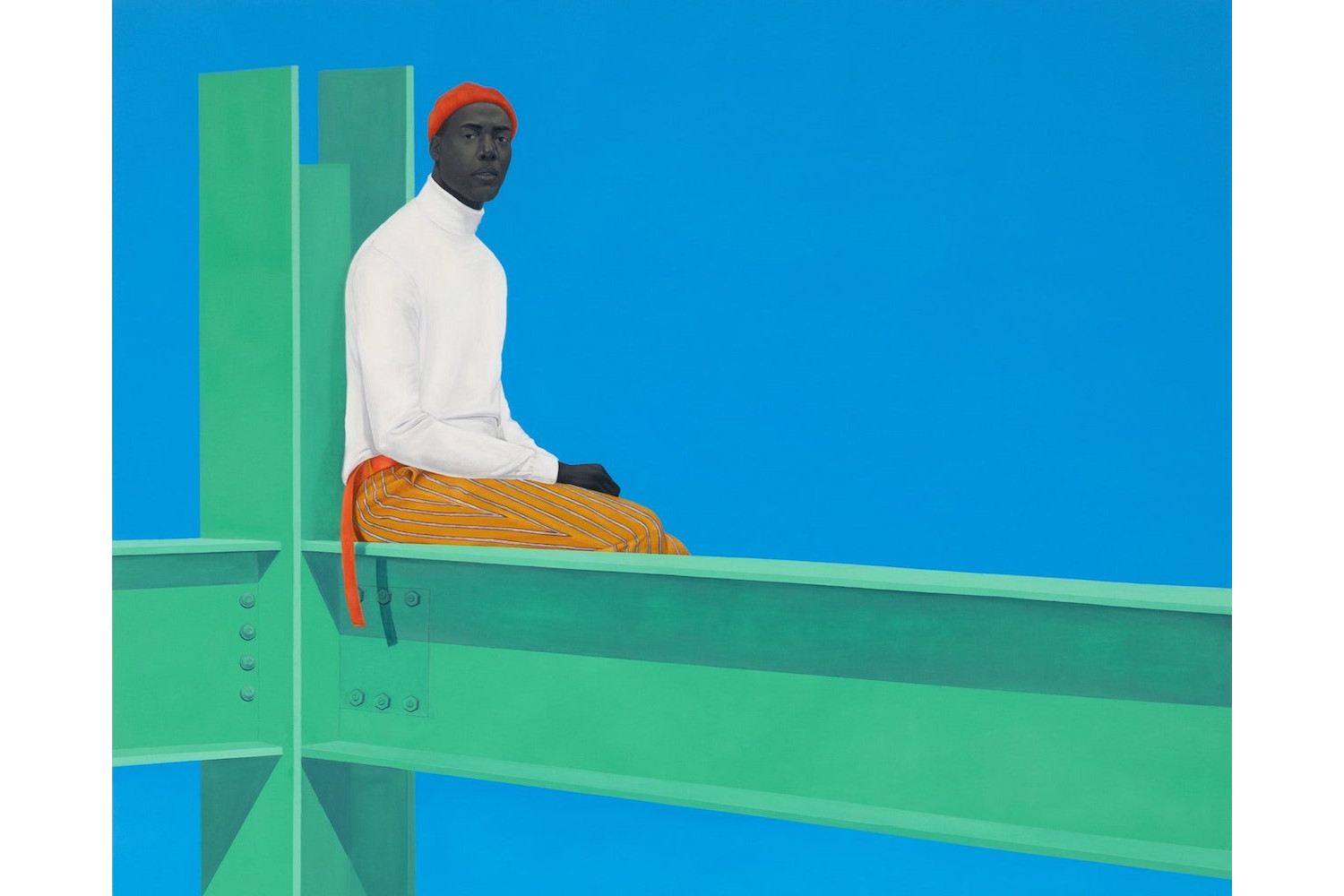Post-Capital brings together works of sculpture, painting, photography, video and performance that address the nature of production, consumption and wealth in the 21st century. Developed within a period of significant change and uncertainty, the exhibition takes as its starting point the inherent paradox within a capitalist system that is both dependent upon and threatened by technological progress. Presenting the work of 21 artists from 17 countries it is installed across three floors of the museum.
The exhibition’s title is adapted from Peter Drucker’s 1993 book, Post-Capitalist Society, which predicted that the impact of information technology on the labour market would be so great that it would ultimately lead to the fall of capitalism by 2020. Writing whilst the internet was still in its infancy (Luxembourg, for example, was connected in 1992), Drucker predicted that in the future, knowledge, rather than capital, labour or land ownership, would become the basis for wealth.
Today forms of labour, currency, commodities and the nature of consumption have been dramatically transformed by technologies that continue to evolve. Multinational information technology and e-commerce firms rank amongst the highest valued publicly traded companies. Information that is both abundant and infinitely replicable has become a valuable commodity that defies traditional economic principles where value is determined by scarcity. The artworks in Post-Capital variously explore the paradoxes, absurdities and ethical questions posed by post-industrial and perhaps post-capital economies.
The exhibition is conceived for the context of Luxembourg, a European capital renowned for its financial sector and where the digital economy is also a strategic focus. The city is 45 kilometres from the birthplace of the philosopher and economist Karl Marx (b.Trier, 1818; d. London 1883), whose foundational text, Das Kapital (1867) described capitalism as a dynamic economic system tending towards self-destruction.
Works by Cao Fei, Simon Denny, Liz Magic Laser and Cameron Rowland explore the nature of contemporary labour, referring respectively to the phenomenon of the automated logistics centres and warehouses, the gig economy and biometric time clocks. LED paintings by Ei Arakawa, video installations by Mohamed Bourouissa and Yuri Pattison, and photographs by Shadi Habib Allah feature so-called ‘mediums of exchange’ from the minting of coins at the Monnaie de Paris to the production of Bitcoin in rural China and the unofficial trade of welfare food stamps in grocery stores in Miami. Other works by GCC, Guan Xiao and Josephine Pryde address conspicuous consumption, overproduction or commodity fetishism, whilst sculpture by Katja Novitskova playfully alludes to the emergence of the so-called ‘attention economy’ in an information-saturated world. Oliver Laric creates copyright-free digital scans of antiquities and other objects from museums all over the world, and an installation by Hito Steyerl contrasts contrasts the phenomenon of freeports with the ancient notion of common land. Finally, at an undisclosed location in the museum, the artist Lara Favaretto is hosting a series of ‘clandestine talks’ on the respective topics of ‘surplus’, ‘power’ and ‘hacker’ that will be livestreamed by Mudam and on her website thinking-head.net.
The exhibition includes a large-scale sculptural installation commissioned from Roger Hiorns and a new performance, mural and poster campaign for sites across the city of Luxembourg by Nora Turato. Other new commissions include works by Ei Arakawa, Lara Favaretto, Oliver Laric, Yuri Pattison and Hito Steyerl. Also presented are works by Sondra Perry and GCC drawn from Mudam’s collection. The works by GCC, which were donated to Mudam in 2015 and 2020, are presented at the museum for the first time.
A version of the exhibition will be presented at Kunsthal Charlottenborg, Copenhagen, in 2022.


